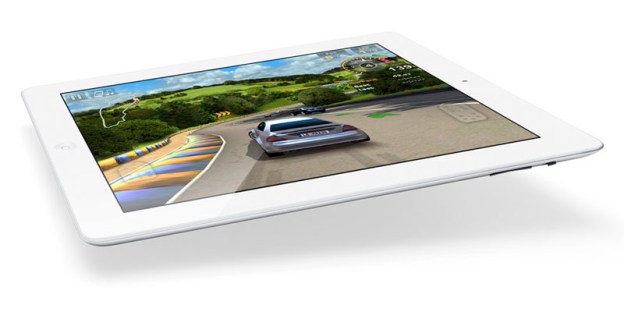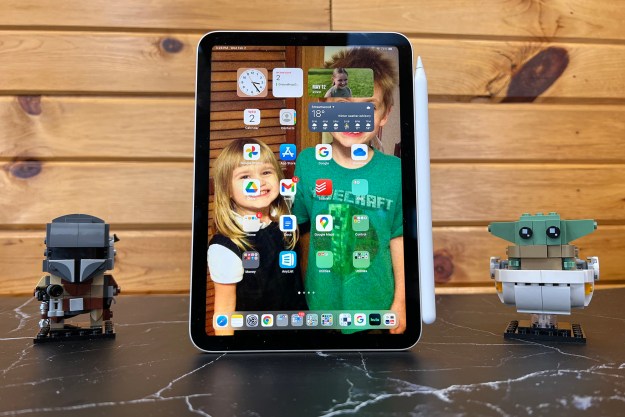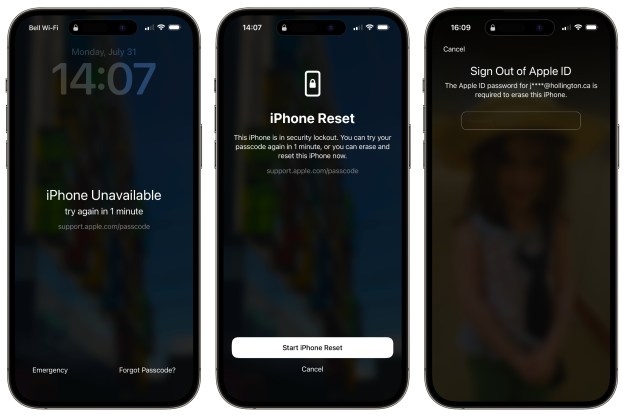
The iPad 2 is coming to Sprint in October, according 9to5Mac. But it’s not just any iPad 2; this version was designed specifically to work on Sprint’s network.
Now, you might be asking yourself, “Why does Sprint need its own iPad? Can’t they just carry the same CDMA-compatible iPad that Verizon offers?”
Sure, they could, since Sprint’s 3G network is a similar wireless signal as Verizon’s. (AT&T, on the other hand, uses a GSM signal, which is the standard across much of the developed world.) The fact that Apple created a Sprint-exclusive model suggests that Sprint’s iPad will be compatible with the carriers 4G WiMax network, which would make it the first iPad model capable of connecting to the faster wireless signal.
(Technically, Sprint does offer 4G access to any iPad through its 4G WiFi product. But that’s just a work-around, not a true 4G iPad, per se.)
If true, the debut of a 4G compatible iPad alone would be big news. Seeing as this information comes just as Apple’s release plans for the iPhone 5 are beginning to come into focus, and the news just becomes part of the evidence file in support of the theory that Sprint will get the iPhone 5, as well.
While we’re certain Apple will release a 4G-capable iPad sometime in the future, it seems highly un-Apple-like to suddenly re-release a current-generation product with an entirely new feature that only works on one wireless carrier — a wireless carrier that, to date, doesn’t carry a single one of its mobile products.
No, that’s not Apple’s style. Apple’s style is to first introduce a 4G-capable iPhone, which will land on all carriers at once, or at least on the carriers that currently sell their product (AT&T and Verizon). Then will come the 4G iPad. Not the other way around. And definitely not in the cockamamie maner described above.
Does that mean Sprint isn’t getting the iPad 2? Of course not — it seems increasingly likely that they will. But we’re still highly skeptical that the device will be 4G-compatible, at least for now.
The iPhone 5, on the other hand, could very work on 4G. It seems more likely, however, that it will work on LTE technology, not WiMax, as that’s the network AT&T and Verizon are pushing out every day. Rumor has it that we’ll see the next iPhone on or around October 7, so start saving your pennies now, people. Mother Apple is about to give birth once again.
Editors' Recommendations
- The most common iPad problems and how to fix them
- This iPad just got a rare discount — save $100 at Best Buy
- Apple accidentally revealed a big iPad Pro display upgrade
- How to set up a VPN on an iPhone or iPad
- Hurry! This iPad just crashed back to its Black Friday price


